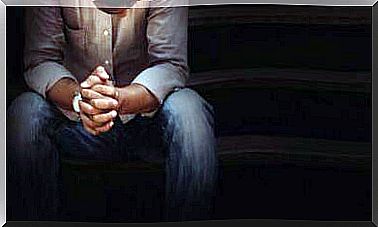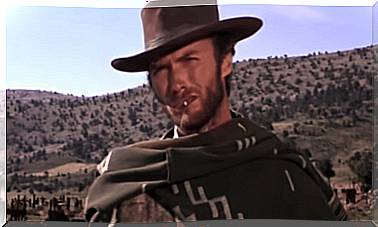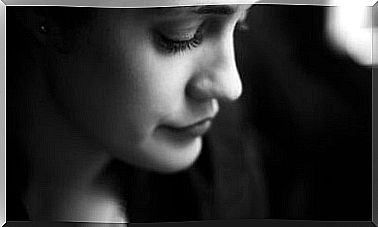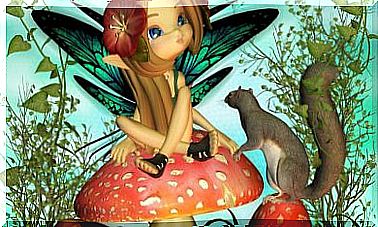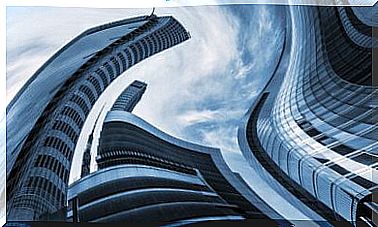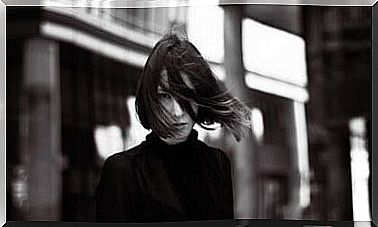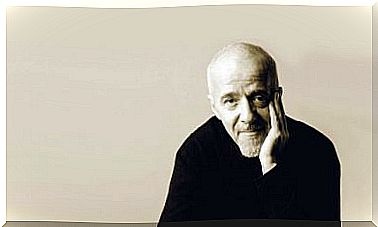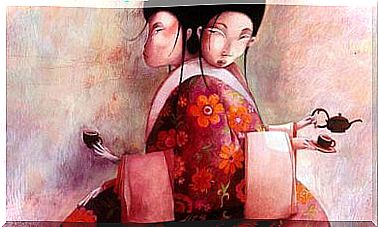Animal Mourning: How Does The Dog Suffer The Absence Of The Master?
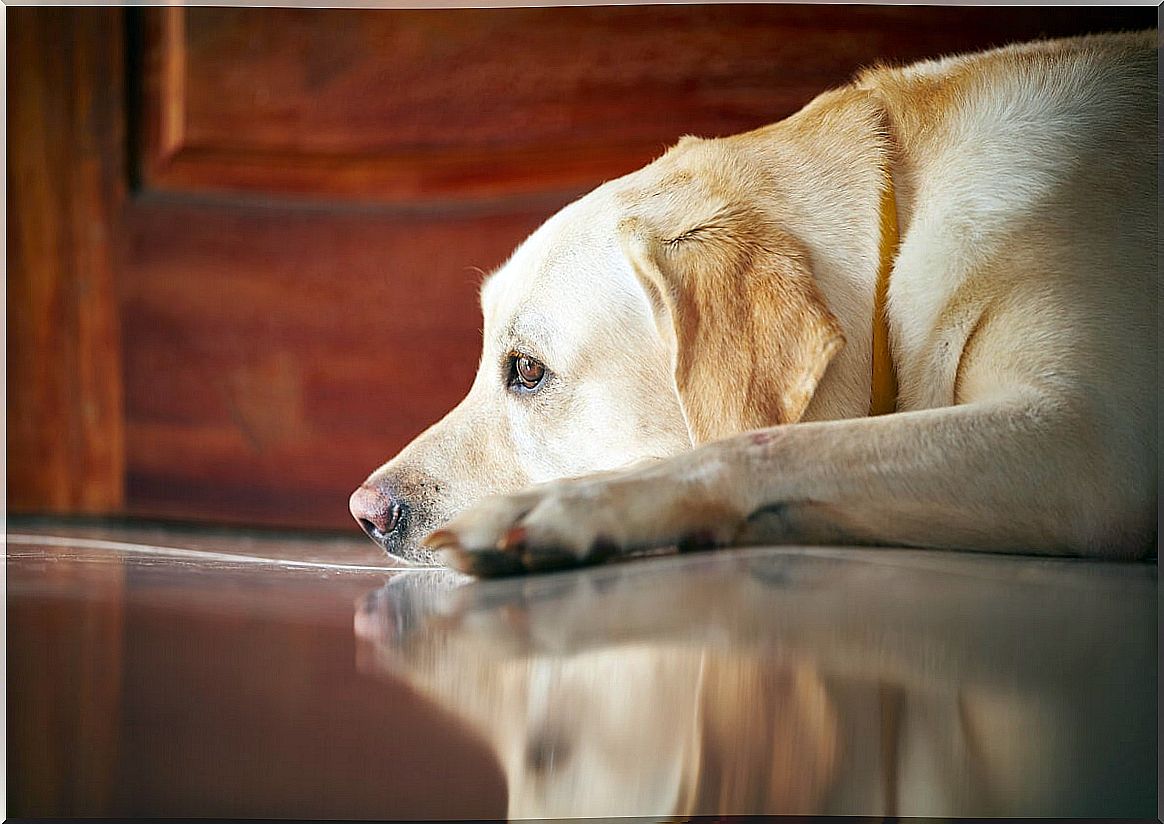
The dog sees in the master not only who is going to take care of him, but also his reference; thus, with the passage of time, the bond is forged. But what happens when that relationship forcibly disappears? Either because the owner abandons him or because there is a real loss: the dog will also carry out its animal mourning process.
You only need to turn to the archive of emblematic stories, such as that of Bobby, who spent 14 years next to his master’s grave. That of Captain, a dog that thanks to his intuition knew how to find the grave of its owner, buried 35 km from his home. The event of Canelo, a dog who accompanied his master to the hospital for dialysis. Although he did not come out alive, Canelo waited for him for 12 years at the door of the Hospital, until he passed away.
How to forget Hachicko, the dog that accompanied and went to look for his master at the station and waited for him still deceased at the meeting point for 9 years until his death. He died at the station, without losing hope of seeing him appear.

The animal duel of our faithful friend
All the experiences that we have related seem to be linked by a common thread: fidelity. On the other hand, and making a somewhat intuitive analysis in the history of Captain, we could imagine the power that his nose had at that time as the imprint of his owner to find him.
Canelo probably did not contemplate the option of moving away from the hospital where his owner had died. Finally, Hachicko did not want to abandon his ritual of returning, like every afternoon, home to his owner. To interpret the animal duel we can use intuition or opt for the more scientific side. In this article, I will try to integrate the two sides.
For this, I will contemplate 5 basic concepts that are the imprint, the conscience of the animal, the sense of smell, the defenselessness and the non-verbal language. Non-verbal language will be essential to interpret the emotions in this case of the animal.
The imprint that generates loyalty
Fidelity would refer to a mixture of the items mentioned below. Although there is a theory that would confirm a quality of the human-dog bond based on a first contact and using the 5 basic senses.
Being important the first 4 weeks to trust or not its owner and how this period is marked in his associative memory. We are talking about a vital emotional learning for the dog in terms of trusting or mistrusting its master.
The absence of self-awareness
Dogs are not as adept at handling abstract concepts as we are. With this, it seems unthinkable that they can name their emotions and even less make an assessment of the grief they are experiencing.
In their language there is also no ability to categorize time in the past and future, they live in the now. Dogs experience what is happening instantly. Hence, they have to be guided by a sensitive instinct, such as smell, to perceive that the smell of their master is no longer with him.
Nor can they discriminate against a person who is labeled “the owner”, but they do have a reference and they know that they have a person accompanying them. From her they extract their scent, their affection, their availability and although they may not be able to have a memory as we can, they are aware of who is by their side.
They are sensitive to cause-effect conditioning: if I receive affection from this person every day, I hope to receive it now as well. Although they do not have the ability to reason conditionally, they are guided by the emotional reactions they experience. Thus, they can associate a person with joy or fear; also sadness with his absence.
Facial expression in the animal
Within the emotional range of dogs we can identify happiness, sadness, fear, disgust and anger. Yes, there are facial and expressive components that have developed for unknown reasons and can express too.
In this sense, it seems that certain reactions on the part of dogs, such as frowning, help them to project the sadness they feel so that we keep them company. However, just taking the facial expressions as a reference, it would be difficult to decide if the dog feels alone or feels the absence of the owner and makes a sad face so that we can tuck him in during his animal mourning.
On the other hand, there is vocalization, which is another form studied in wolves, the ancestors of dogs, and which is also widely used in dogs. One of the best known forms is the howl. The howl has been used to seek the affection of his pack; therefore, we could interpret that they execute it to feel clothed.
Your nose identifies the absence
Dogs have amazing abilities, such as capturing a wide spectrum of visual waves. Also the range of odors that they can capture is much wider and they have a hearing capacity of decibels much higher than ours. Hence, there are dogs that are capable of capturing very subtle odors.
A dog is capable of detecting odors through 200-300 million receptors, unlike humans, who only have 5 million. Thus, dogs use it as a sense of reference. In fact, most of the presences or absences of people are noticed by the smell .
Stages of canine duel
Kübler Ross divided the duel into five phases: the stage of shock, denial, hopelessness and acceptance. In the case of the animal mourning phases, the shock stage would refer to the first days, when the dog has not returned to sniff the owner’s body.
On the other hand, the denial or phase of anger or hopelessness would not have to happen. In any case, they could only be interpreted through non-verbal language. Finally helplessness could occur when seeing that the master does not return yet …, while the days continue to pass. In this sense, it is very difficult for a dog to process the fact that what was there is no longer there.
